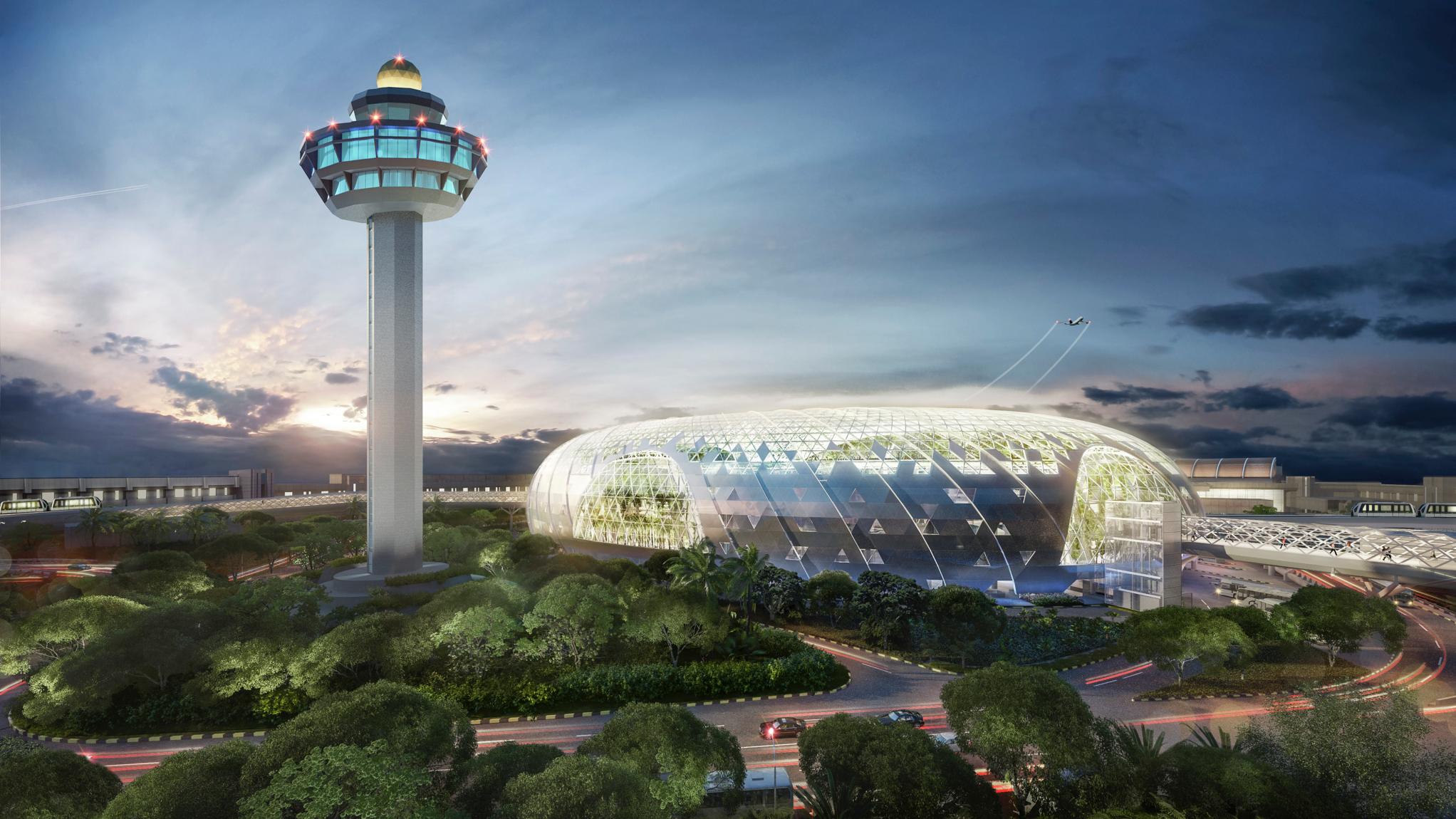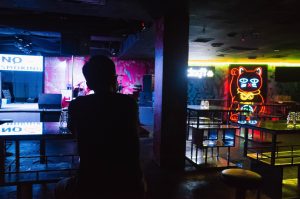Let me tell you what makes a Singaporean Monument™.
It’s gotta be Big.
It’s gotta be Shiny.
It’s gotta be New.
And we have to get it NOW.
Diamonds may be a girl’s best friend, but glossy, glitzy infrastructural projects are the way to enthral every Singaporean’s imagination.
Here in Singapore, the traditional definition of a monument relies heavily on ascertaining cultural or historical significance of considerable magnitude. Only then does a building or site get its seal-of-approval from the relevant authorities to say this counts as a Singaporean Monument™.
A casual browse through our officially gazetted monuments though, speaks volumes about the limitations of this model in defining a monument.
Jurong Town Hall, MacDonald House, and Civilian War Memorial are just some of the National Monuments recognised by the National Heritage Board (NHB)—buildings, structures, and sites that possess national significance and are protected by the Preservation of Monuments Act.
Yet these gazetted landmarks hardly enjoy universal recognition on our island, and fail to register as essential to the Singaporean everyman’s national identity.
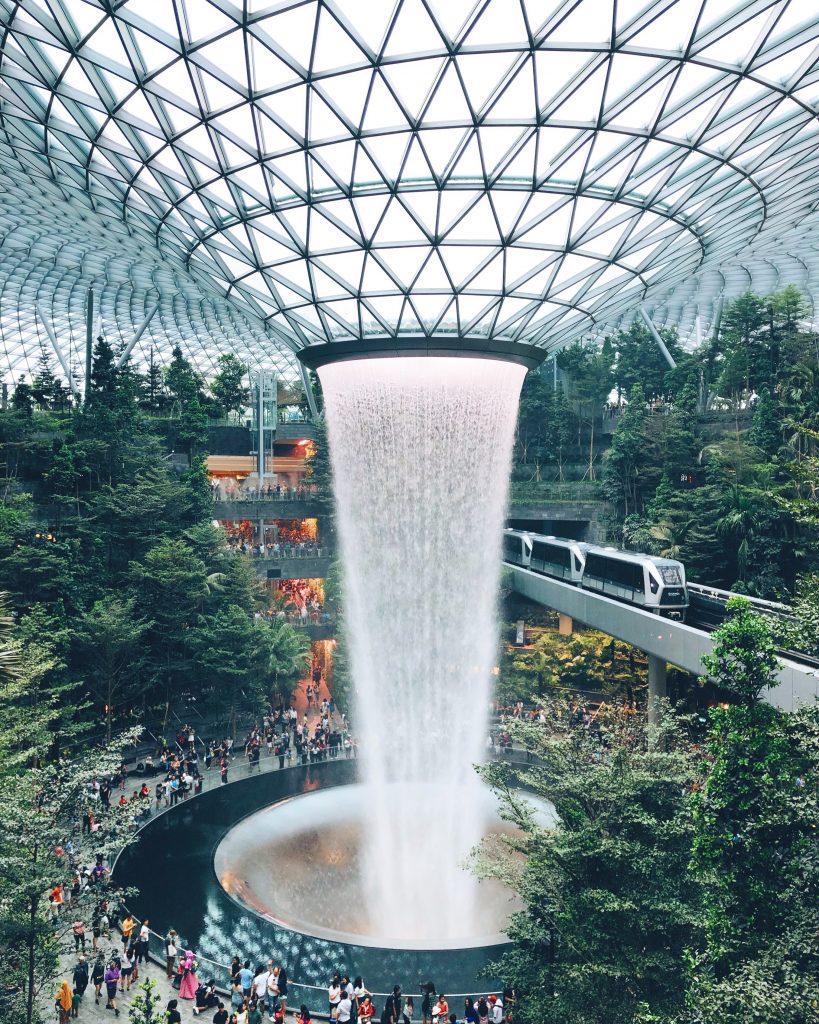
But beyond the oohing and aahing of the wide-eyed hordes, these behemoths of modernity might just represent the rise of a new type of monument in Singapore.
Huh, Jewel Changi Airport, like that also can call monument?
To be fair, this is not to discount the cultural and historical heritage that gazetted landmarks rightfully lay claim to.
Take the Sri Thendayuthapani Temple for instance.
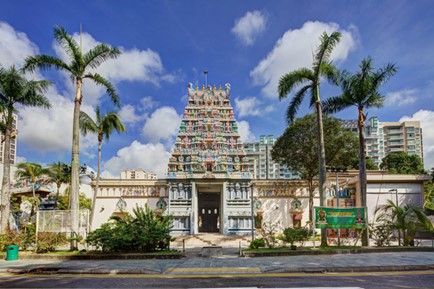
For a Hindu devotee, or Tamil Chettiar, the temple would undeniably be seen as a monumental cornerstone of their lives. Yet there are conceivably, others in Singapore for which the temple holds little significance in their life and might not immediately associate it with being a national monument at first glance.
Perhaps this is inevitable with the co-existence of diverse communities and stakeholders in a pluralistic society like Singapore. With the sheer number of cultural entities and claims on our small island, cultural significance is highly subjective. We may simply have to accept that cultural monuments each represent specific cultural niches; the making of a monument is different for everyone depending on your lived cultural experiences.
So then consider the Changi Prison Gate Wall and Turrets as a historical monument that frankly doesn’t seem to warrant gazetting just from looking at it. However, a quick delve into the prison’s history proves otherwise.
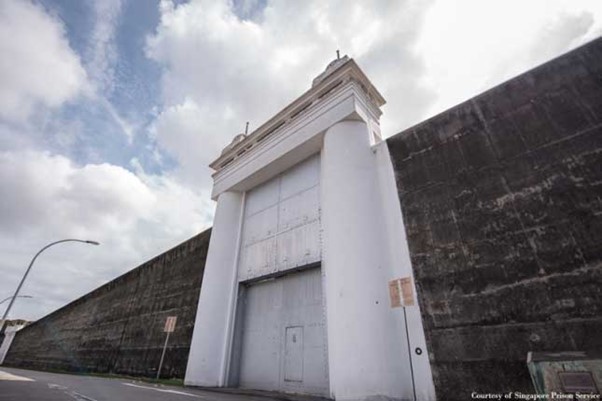
Obviously the lack of historical knowledge about Changi Prison for the average person precludes it from being at the forefront of popular relevance or awareness.
One could then argue that losing touch with the histories behind our monuments is the prime reason that they do not embody our sense of nationhood for us—what you don’t know, you can’t begin to love.
This is highly problematic.
Monuments are supposed to defy this phenomenon by having an enduring sense of relevance in our national consciousness and psyche.
If they were truly deserving of being monuments, why did they lose relevance in the first place?
It may be that we simply don’t value our cultural and historical monuments as much as we think we do.
For all our claims of valuing our heritage, the failure to establish a broad and enduring connection with our existing historical and cultural monuments betray the truth of what has become the basis for a third new class of monuments in singapore.
To me, it’s a symptom of our larger failure to foster an encompassing national culture or identity based on cultural and historical heritage—which can then be translated into a monument of our own.
These days, we can forget about culture and history. The Singaporean Monument™ is the monument of capitalism, unbridled wealth, and overeager chest-thumping to show the world who we are.
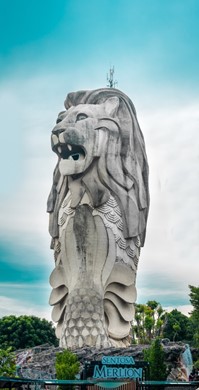
Created in 1964 as the logo of the Singapore Tourism Board (STB), the Merlion has gone on to become a lasting symbol of Singapore, and continues to bear the glorious responsibility of personifying our country to countless tourists.
It was one of the earliest landmarks that gesticulated wildly at the little red dot for the world to see. And now, years later, MBS, RWS, and Jewel Changi Airport continue the tradition.
These state-encouraged projects of opulence are arguably the most instantly recognisable in our national memory and consciousness, remaining indelibly enshrined within the national psyche.
As of now, they don’t possess the attendant broad cultural and historical heritage associated with the traditional class of monuments, and it remains to be seen if they ever will.
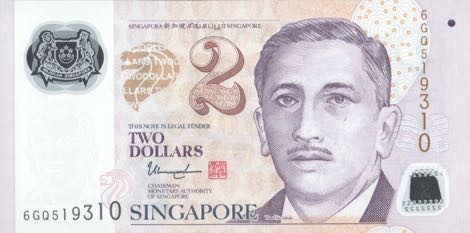
And frankly, there is nothing wrong with the Singaporean Monument™ being synonymous with Modernity™, Materialism™, and Capitalism™.
However, our monuments also represent our collective psyche, and underpin our national identity. Modernity, materialism, and capitalism may be the most prominent markers of our monuments right now, but they’re not all that we’ve shown ourselves to be capable of valuing.
The Old National Library at Stamford Road, built in 1960, saw heavy resistance across all walks of life in the days leading up to its eventual demolition in 2004. In its 40 odd years of existence, it rooted itself as a place of national significance in the lives of Singaporeans. When it was threatened, we reacted and recognised it as a monument of our own; one we were eager to save.
There’s no reason why we can’t do it again.
In a Singapore where free space is a constant paucity, our landmarks make way for all sorts of reasons—new roads, new tunnels, new things to make us more efficient. The demolition of Rochor Centre’s candy-coloured blocks, the slated rebirth of Pearl Bank Apartments into One Pearl Bank; the transience of our landmarks is continually emphasised in the cycle of urban creation and destruction.
In 40 years’ time, will we look at Jewel Changi Airport and feel that it merits association with enough cultural and historical heritage to continue existing as part of our lives?
And would that feeling be enough?
Or would it follow in the footsteps of the Old National Library?
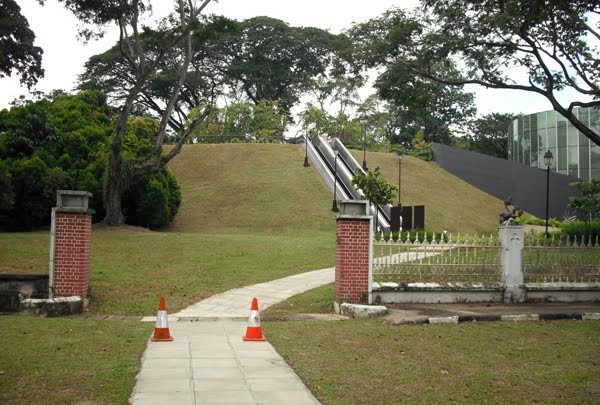
In his sonnet, Ozymandias, Percy Bysshe Shelley warns of the futility in vainly seeking immortalisation through monument-making.
As we live and breathe, monument-making will never die in Singapore. Neither will the indubitable march of modernity stop.
Which brings us back to this: a nation is made by its monuments.
What do we want to make of ourselves?
